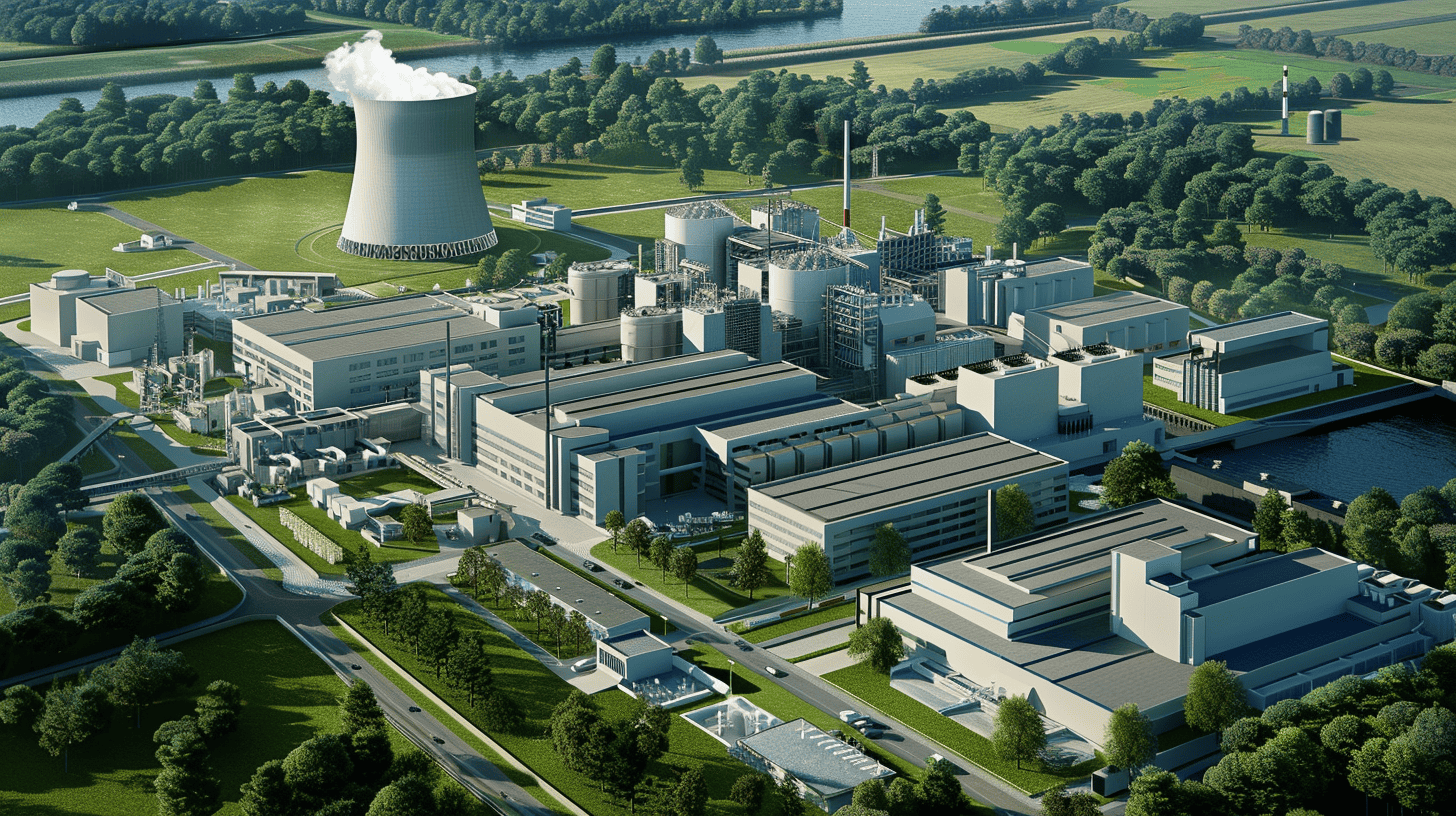
Simply reducing CO2 emissions is probably not enough to meet the Paris climate targets. The amount of CO2 that’s already in the air must also be lowered. Students at Eindhoven University of Technology (TU/e) have come up with an innovative solution: They want to convert CO2 into formic acid. A chemical that can be used as a sustainable fuel, among other things.
The Dutch government wants to pump CO2 into empty gas fields and salt caverns under the sea in the coming years in order to reduce emissions. According to Jaïr Campfens, a student in sustainable innovation, this isn’t the solution to the problem. “At some point those fields will fill up again and the problem will be back.” That’s why he is working with friend and fellow student Kylian Klein Hesselink on a new system that can convert CO2 into formic acid. All it takes is water and sustainable energy.
But how do you get that CO2? “There are two ways: On the one hand, we are working on a system that can be mounted on top of the chimney of a factory, for example,” says Klein Hesselink. No such system is currently on the market. “We’re now figuring out whether that’s possible and how we should design such a system.” Particles are no longer released into the air but are instantly converted into formic acid.
On the other hand, the team is also talking to a company in Eindhoven that is capturing CO2 from the atmosphere. “They do this in an efficient way, which means that it’s also affordable,” he says. “We are now looking at whether we can work together to build a system. They then take care of the technology used to capture CO2 and we convert it into formic acid.”
A thousand applications for formic acid
It cuts both ways, according to the students: There’s less CO2 and more formic acid. The chemical acid is used for various applications, such as tanning leather. It is also increasingly being seen as a sustainable and circular fuel. About 691,000 kilos of formic acid are used each year. “At present, formic acid is still made from fossil fuels, but it is completely sustainable with our technology. Provided it is produced with sustainable energy, from sun or wind, for instance,” Klein Hesselink says.
“There is a huge market for formic acid,” adds Campfens. DENS, a start-up that started at TU/e as a student team, converts formic acid into hydrogen. That way it can serve as fuel for buses and other things. “With formic acid you can store hydrogen, which is actually a gas, in a liquid form,” Klein Hesselink explains. “That is attractive for transportation, for example, because the negative effects of a gas are then lower. It is less explosive and it doesn’t have as much volume.”
Closing the circle
There are plenty of applications possible for formic acid. Which is why Campfens and Klein Hesselink are primarily focusing on the production of formic acid via the reduction of CO2. DENS is their first prospective customer. Klein Hesselink: ” We can complete the circle together. We take CO2 and turn it into formic acid. They convert formic acid into hydrogen. Burning hydrogen in turn releases CO2. We can then use that CO2 all over again”. Campfens adds: “It’s really a closed system. If we put water and CO2 in it, we also know for sure that it only releases formic acid. So there are no negative side effects or harmful nanoparticles”.
Building up a start-up
The two students have meanwhile assembled a team of thirteen people around themselves. “We’re currently working on computer models and computations with a view to seeing how we can optimize the process as much as possible,” says Campfens. They are also looking for cooperation in the region. “There are so many companies working on energy transition and a circular economy. It’s a shame to try and figure it all out by yourself.”
Eventually the students want to market their technology and set up their own start-up. Campfens: “This year we will focus on assessing the technical side of the product. Then we want to see if we can make a prototype and test that in the lab. If that goes well, we will look for an industrial partner to further test the device. Once we have demonstrated that the product works well, it can actually enter the market.”








